Why You Should Try Competitive Swimming
- 30 Mar 2022
If you already love swimming, you don’t need to be reminded about the benefits of the sport. If you’re a keen swimmer and are looking to take your practice to the next level you may want to consider competitive swimming.
Whether you choose to train and compete in a club environment or continue solo is up to you. A club environment provides you with a community to interact with, get tips from and to build friendships within, while also giving you the structure to your training routines. A club can make a swim meet incredibly fun and exciting, spending a lot of time with your team and helping to support each other.
Another great benefit of competitive swimming is the versatility in training, where you can choose between breaststroke, butterfly, and other techniques. Will you focus on a sprint or endurance event?
You can also add training aids to help your sessions, such as kickboards or fins, that can test and push your technique, and challenge your ability to focus. Make sure to check out our range of training aids:
https://www.proswimwear.co.uk/swimming-accessories/swimming-training-aids.html

With a more dedicated schedule and more swim meets to attend, this means you will need competitive swimwear that is going to support you through your competitions. Investing in competitive swimwear will help to boost your performance, keeping you as streamlined as possible. The FINIS range of swimwear is designed to help swimmers by better improving their performance. Check out our FINA swimwear that we offer at ProSwimwear:
https://www.proswimwear.co.uk/fina-approved-swimwear.html?approval=284

Swimming can also help to boost your mood and focus, helping to improve mental health. Being a part of a club offers you support from like-minded swimmers. Swimming helps to decrease stress and anxiety, but in competitive swimming, you can increase your mental health from the benefits of this sport. Learn more about how swimming improves your mental health here:
https://www.proswimwear.co.uk/blog/how-swimming-can-improve-your-mental-health-/

It is important to train your mind, once you know that swimming has many health benefits and is a great exercise to keep you physically fit with a toned/lean body shape, competitive swimming does this and trains your mind too! Both your body and mind will be working at full capacity, it may help you focus on other areas of your life as well.
We wish you the best of luck at your first swimming competition! Your first medal is just around the corner!


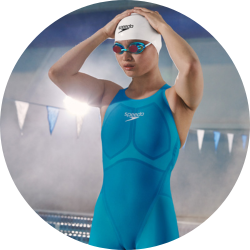

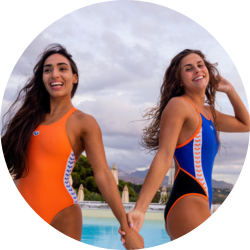

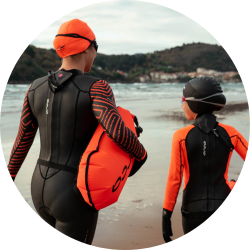
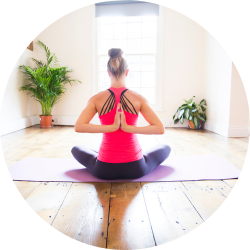
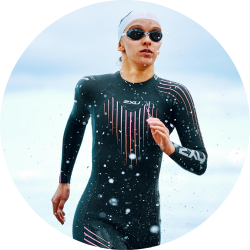
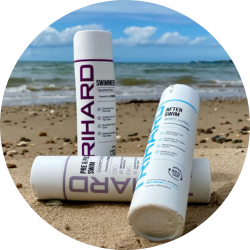
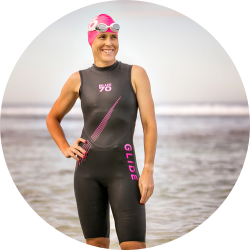
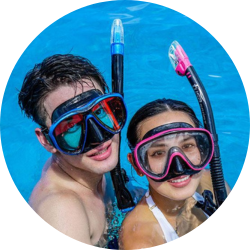
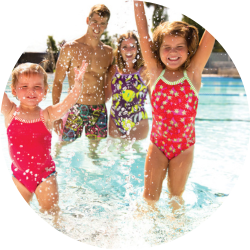
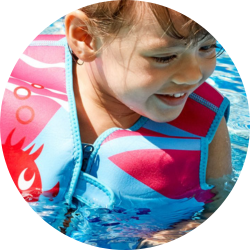
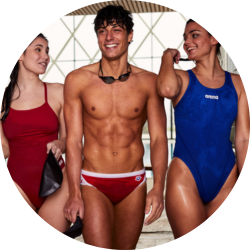
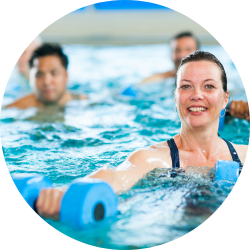































































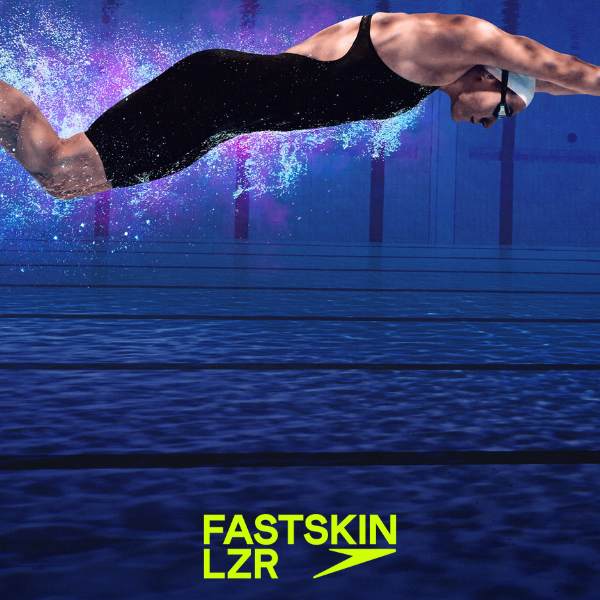
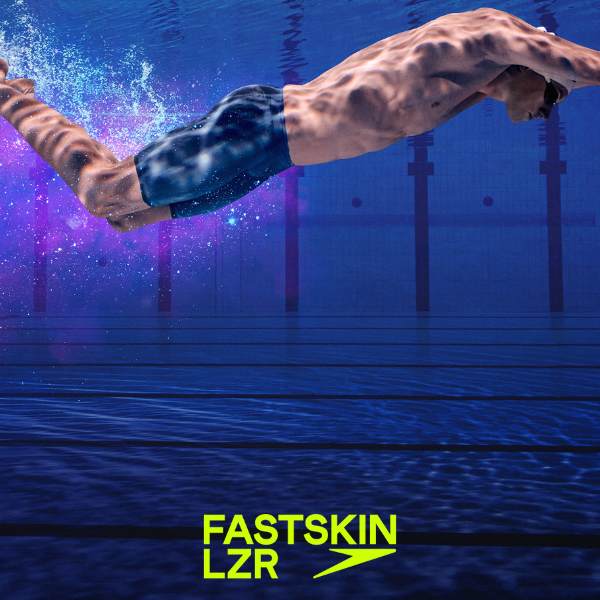

















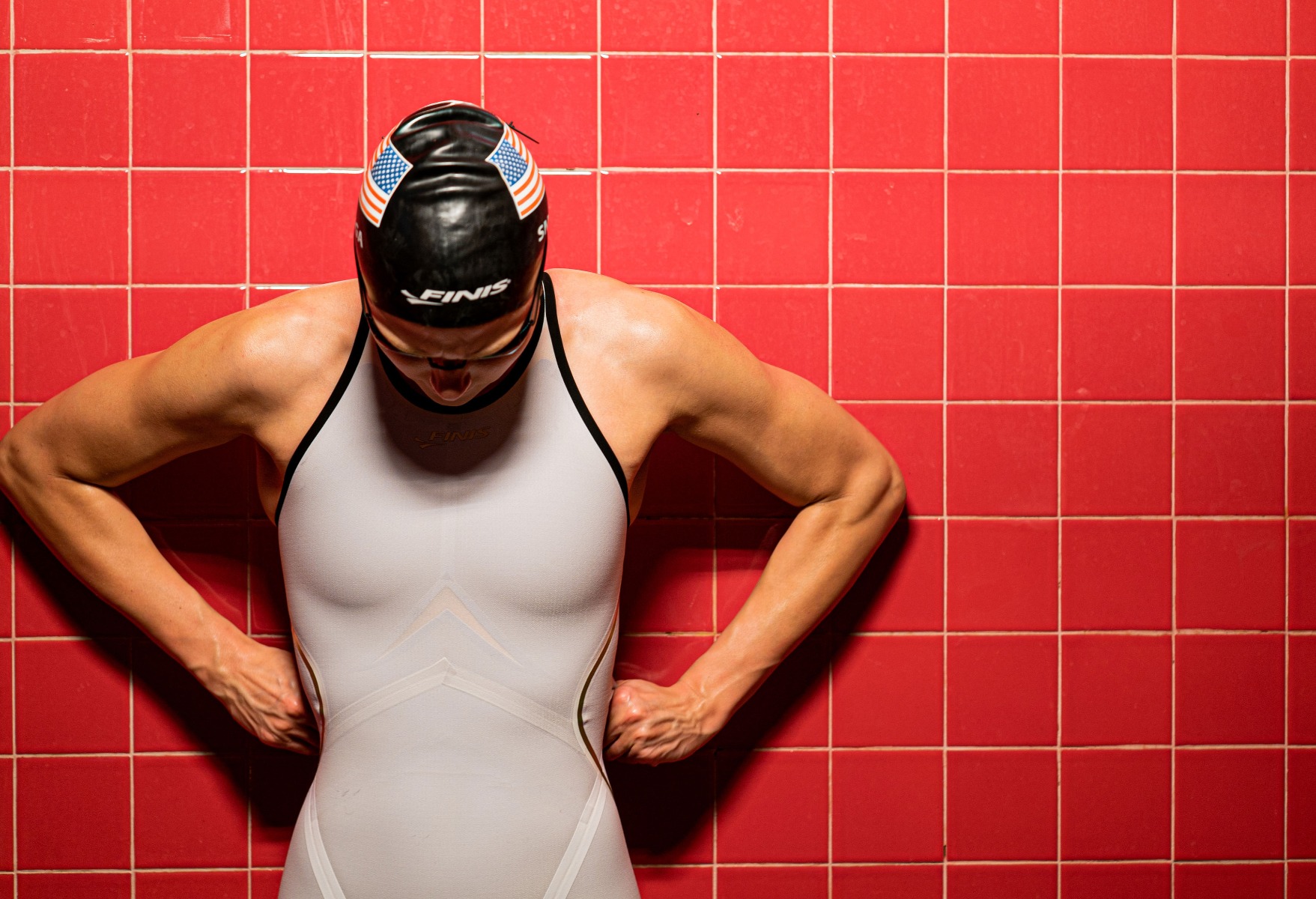


Validate your login